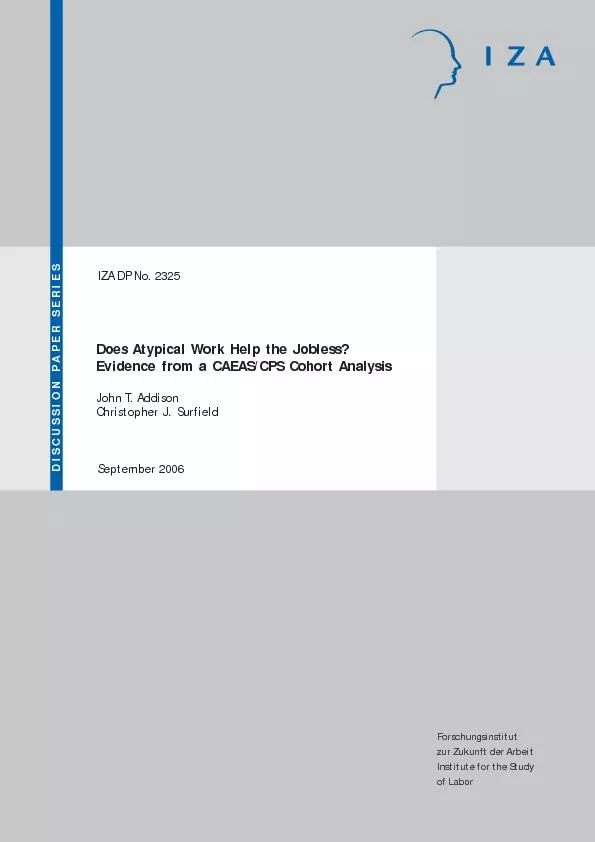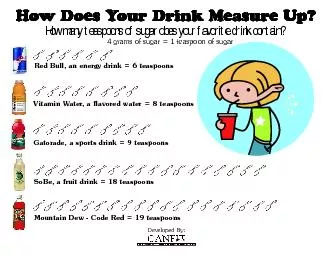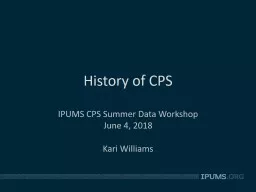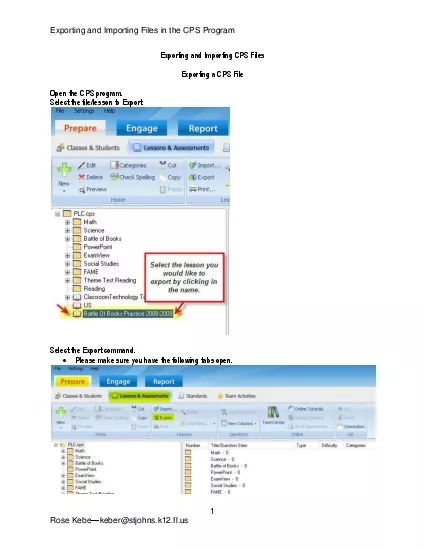PDF-Does Atypical Work Help the Jobless?Evidence from a CAEAS/CPS Cohort A
Author : giovanna-bartolotta | Published Date : 2016-06-18
DISCUSSION PAPER SERIES zur Zukunft der Arbeit September 2006 Does Atypical Work Help the Jobless Evidence from a CAEASCPS Cohort Analysis John T Addison University
Presentation Embed Code
Download Presentation
Download Presentation The PPT/PDF document "Does Atypical Work Help the Jobless?Evid..." is the property of its rightful owner. Permission is granted to download and print the materials on this website for personal, non-commercial use only, and to display it on your personal computer provided you do not modify the materials and that you retain all copyright notices contained in the materials. By downloading content from our website, you accept the terms of this agreement.
Does Atypical Work Help the Jobless?Evidence from a CAEAS/CPS Cohort A: Transcript
Download Rules Of Document
"Does Atypical Work Help the Jobless?Evidence from a CAEAS/CPS Cohort A"The content belongs to its owner. You may download and print it for personal use, without modification, and keep all copyright notices. By downloading, you agree to these terms.
Related Documents














